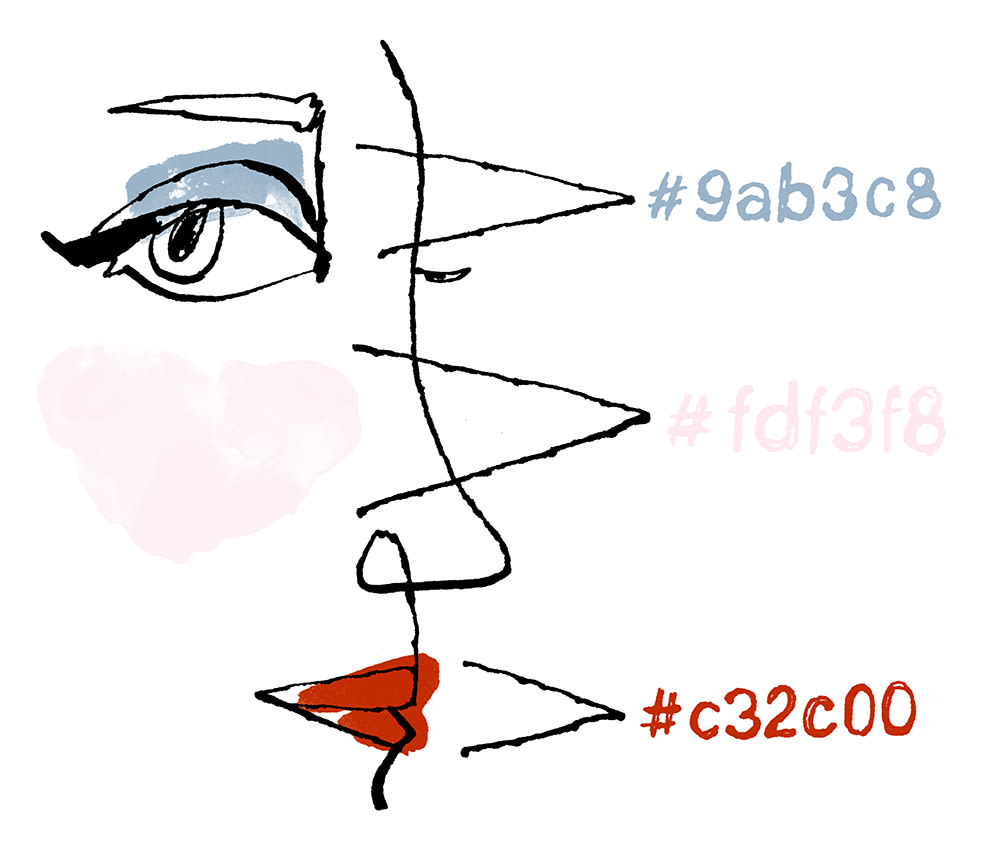These days I often find myself sharing a workspace with a couple 3D printers (the future is now!); this is because the person I share my life with runs a small business that employs their talents. They make chirpy electronic noises when they run and keep me company as I pound away at the keyboard. What can I say? All par for the course in the futuristic work-from-home life of a freelance writer.
Because of the printers’ proximity to my desk and their charm as moneymakers, it makes sense for me to try and keep up with the latest in digital fabrication news (I’m sure this knowledge will also come in handy during the robot uprising). And recently, technology has dovetailed with my day job by turning its all-seeing eye on the realm of cosmetics. Two currently-under-development projects— Mink and the MODA—are working hard to make advances in 3D printing transferable to your own Top Shelf in the not-too-distant future.
Mink, launched in May 2014 by Harvard Business School graduate Grace Choi, lays claim to the title of world’s first makeup-producing printer. It allows users to produce and customize products at home, from foundation to eye shadow, by adjusting printer-compatible pigments and substrates (base material). Appealing to both the maker movement and calls for greater diversity/inclusion in the beauty industry, Mink has received a fair amount of attention for its potentially game-changing approach to a traditionally mass-produced market. “I was inspired to start Mink because I noticed there were some unhealthy issues arising from the mass-produced, aspirational-standard mentality that was persisting in society about beauty,” she told me. “I wanted to solve that by giving an individual the ability to create and bring to life their beautiful.”
Choi is excited about the upcoming release of Mink x Makers, a limited sale of 250 printers available for pre-order in May. This initial launch aims to stoke interest in the DIY sphere and hopefully lead to the formation of user communities via social media and web tutorials. “I’m excited to see how Mink users will share and learn from each other. We are working to build tools that will help them more easily create and express their ideas and share them with their communities and audiences,” says Choi.
The MODA by Foreo (of face-brushing LUNA/tooth-brushing ISSA fame) goes one step further, providing actual cosmetic application through facial scanning and 2,000 superfine nozzles that dispense makeup directly onto skin. When news of MODA broke earlier this spring, several tech review outlets questioned whether FOREO was masterminding a very well thought-out April Fools joke, so impressive/improbable was the device. But after speaking with Justin Wang, the company’s Vice President of Communications, I’m certain of the MODA’s legitimacy as a carefully conceived product.
The MODA is a three-part system. You begin by selecting a makeup look from a library of images stored in the accompanying smartphone app (this collection is also updatable, so if you’re dying to recreate the uptown ennui of Marc Jacobs’ F/W 2015 collection or a complicated Kardashian contour, you can always add them to it). After uploading your selection to the MODA, the machine scans your face using a biometric lens that reads contours and skin tones. Then the printer gets busy, applying makeup in three layers—primer, foundation, and color cosmetics—in as little as thirty seconds. Sound crazy? It is.
The white pod that is the MODA is very 2001: A Space Odyssey in design, and because of this, the idea of putting your face into it seems more than a little bit intimidating. But Wang speaks of a testing phase that began with 3D models and moved on to selected candidates including FOREO employees. Though the technology is inspired by 3D printing, the MODA’s super-precise execution is decidedly gentle. “Having your makeup applied by the MODA feels like you are using a facial mist spray,” he says.
Currently gauging consumer interest after this spring’s announcement, Foreo fully plans for the MODA to be an at-home technology and is preparing for eventual consumer release. “The idea behind the MODA is to allow [people] to spend less time trying to figure out ‘how to’ and more time living,” Wang says. “Making it available to them in their homes is a priority for us.” While some might rightly question the removal of creativity and “happy accidents” from analog makeup application (i.e. one face, two hands), there is some undeniable appeal in the idea of scan-and-go prepping.
So, where do we go from here? Smart scanners who choose looks for you? Robot maid Rosie filling up your Sephora shopping cart? If all this future-tense talk is a little too much for you at the present, just remember—girl, you don’t need makeup.
—Lauren Maas
Illustrations by Lauren Tamaki. Read more on 3D printing in Mari Kussman's Top Shelf.

